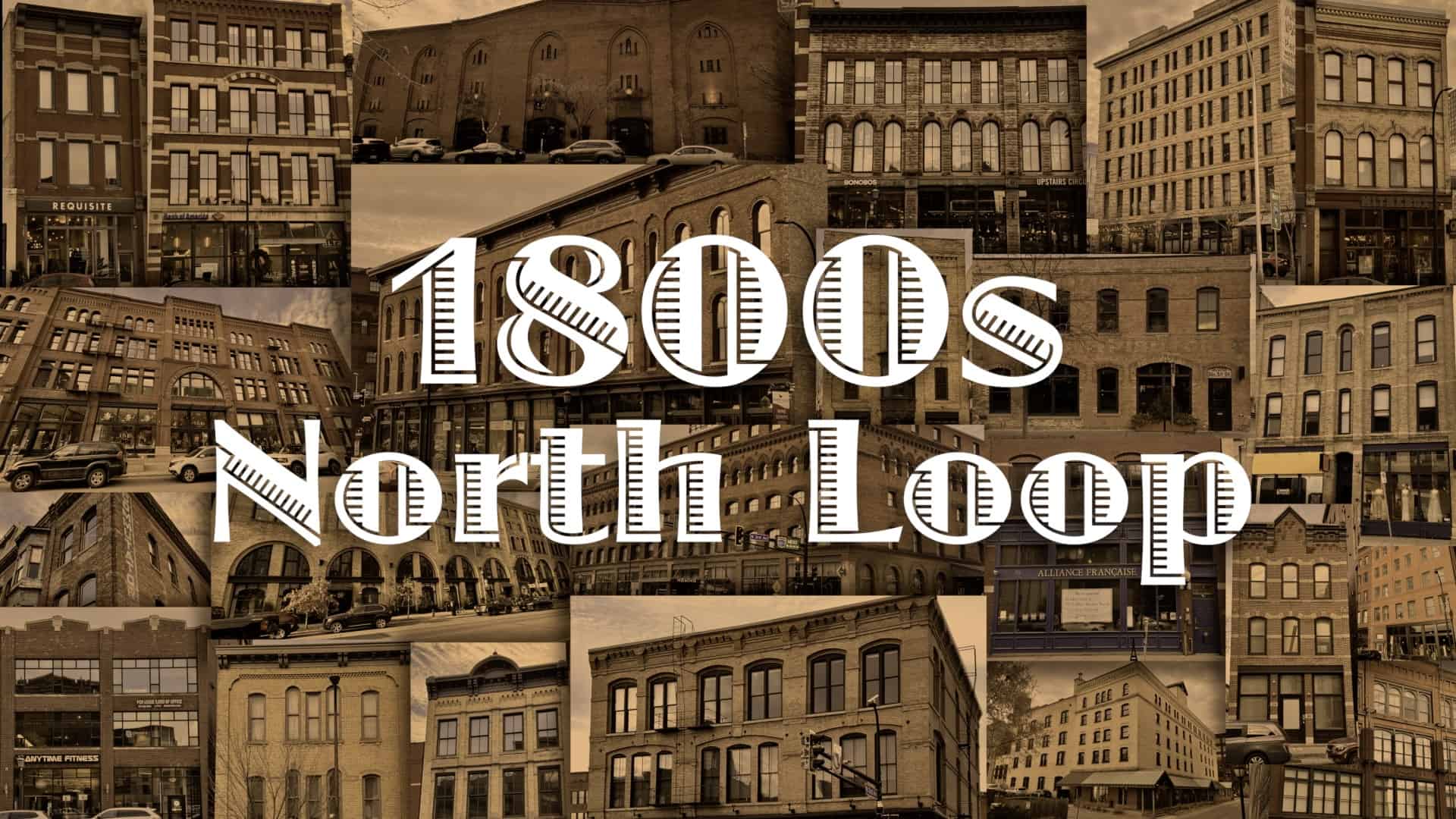
North Loop Buildings from the 1800s
The North Loop is home to the oldest remaining building from the historic Minneapolis Warehouse District (300-312 Washington Ave N). It is among at least 41 buildings from the 1800s still standing in the neighborhood.
Researchers who drew up the report for the National Register of Historic Places were unable to determine the dates for a few other North Loop buildings, so it’s possible there are two or three more.
By Mike Binkley, North Loop volunteer
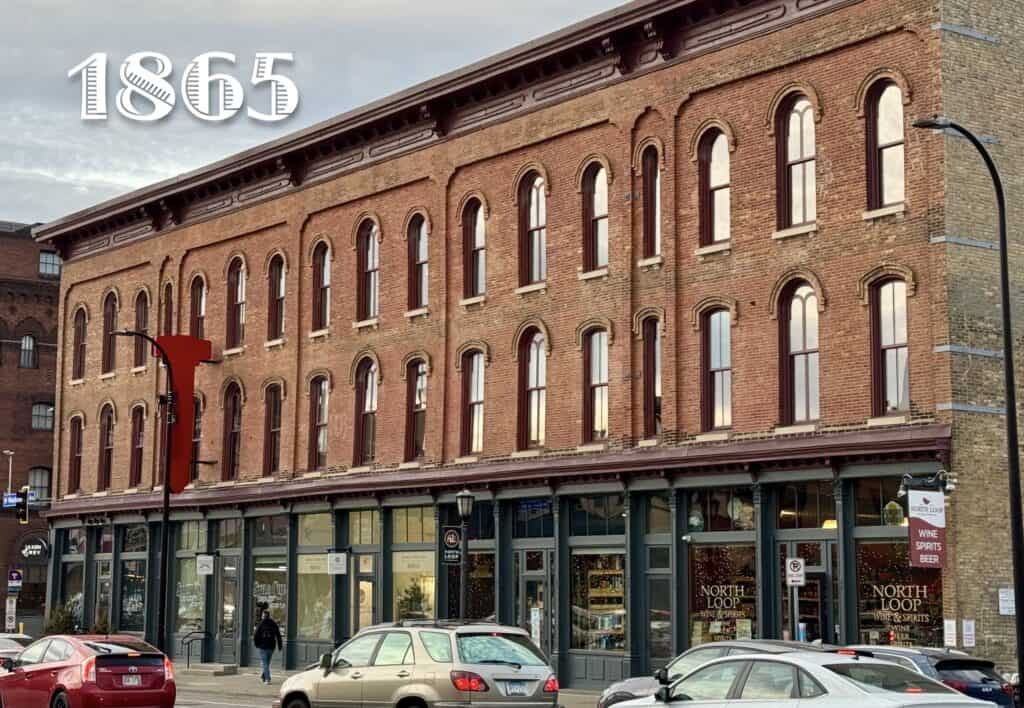
300-312 Washington Avenue North. In its early years, the building above had sketchy hotels at either end. Read more here.
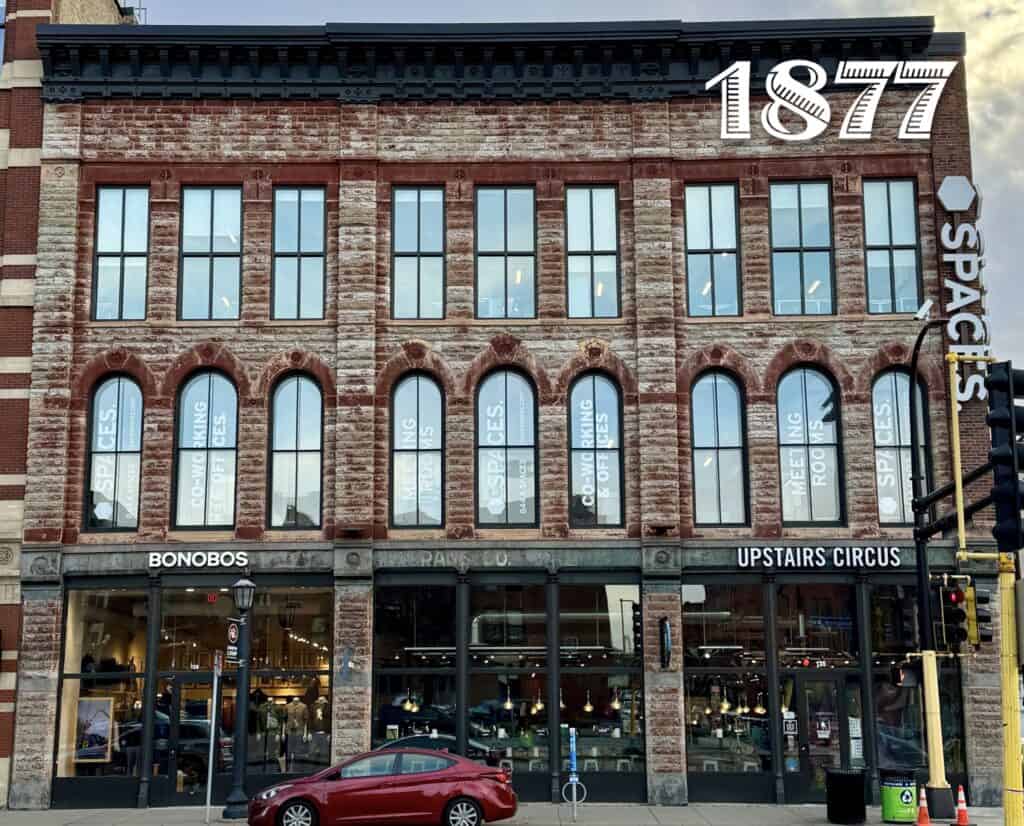
125-129 Washington Avenue North The building above was originally home to the Anthony Kelly Company, a wholesale grocer best known for receiving and shipping large quantities of fresh fish, from salmon and trout to herring and mackerel.
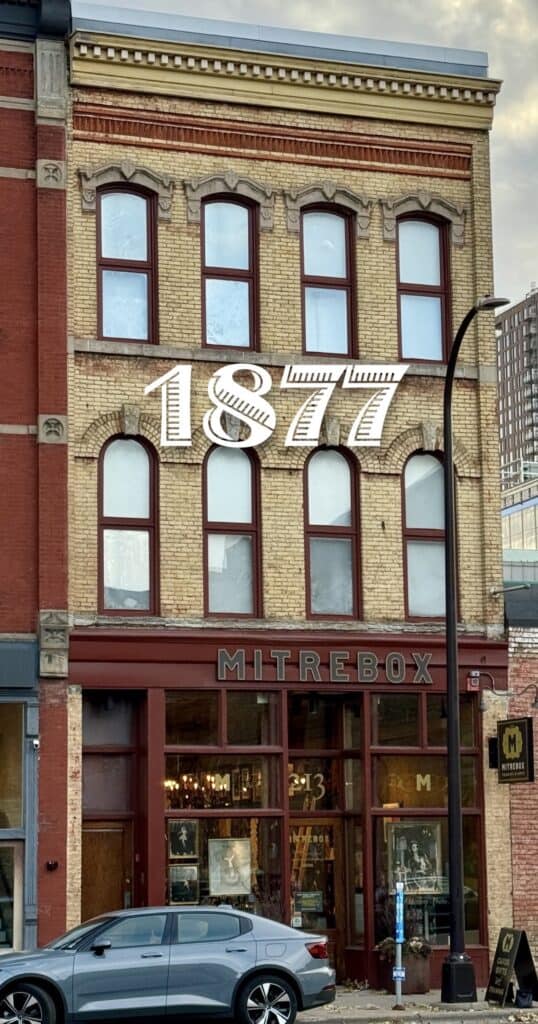
213 Washington Avenue North
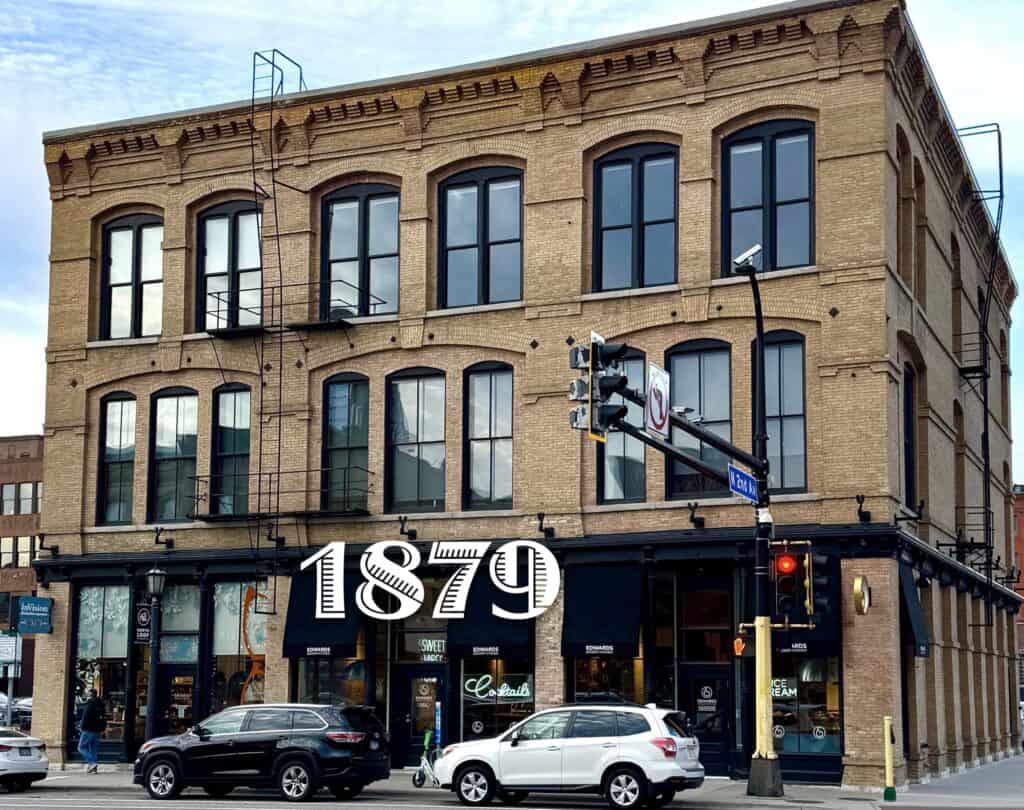
200-204 Washington Avenue North
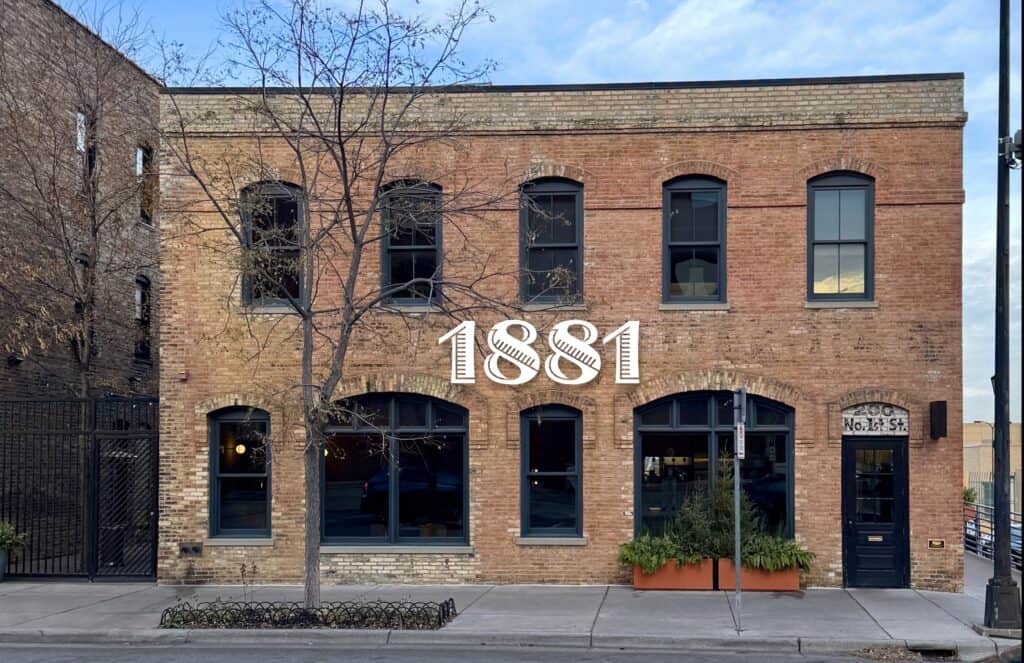
200 North 1st Street The building above was originally used to build horse-drawn carriages. Read more here.
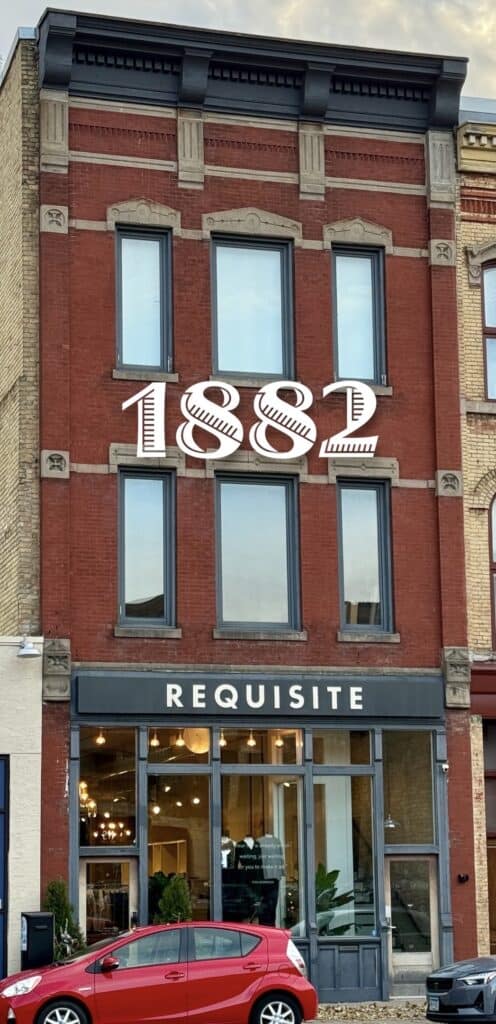
211 Washington Avenue North For decades, the building above was a meatpacking plant. Read more here.
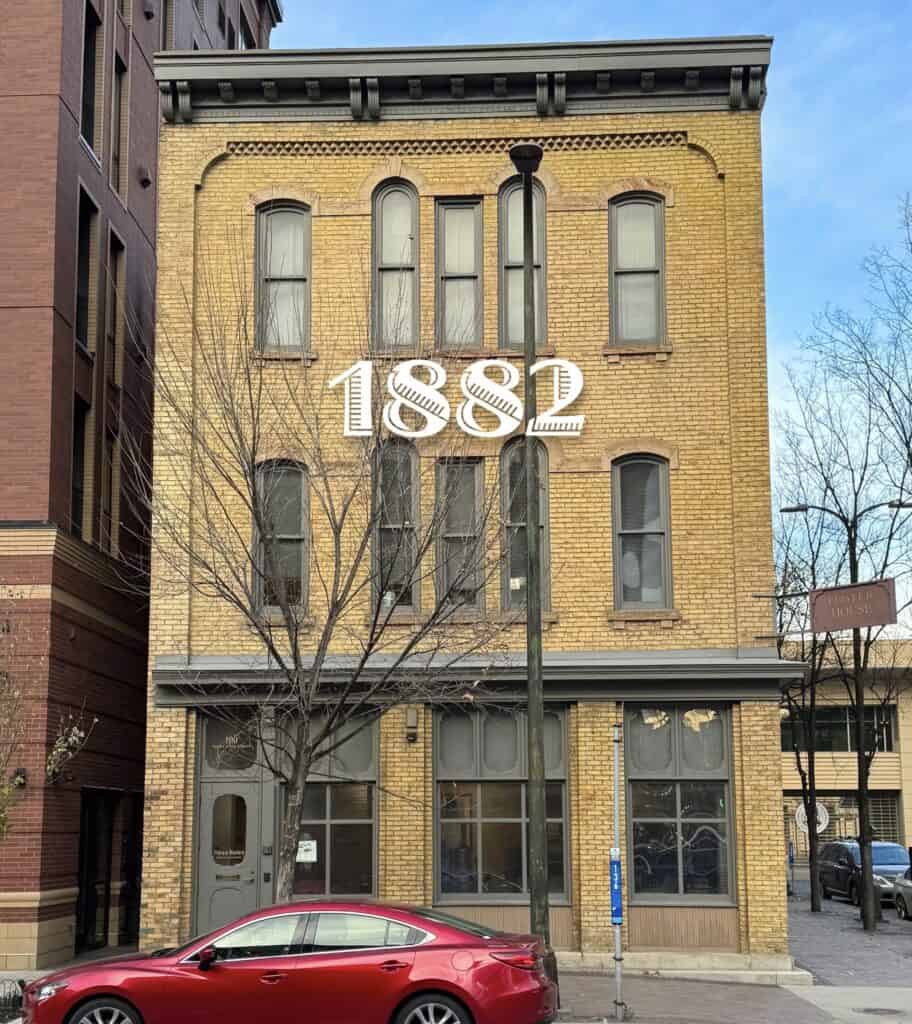
100 North 1st Street The building above was built as a wagon and carriage-building facility. It later became a low-cost hotel. Read more here.
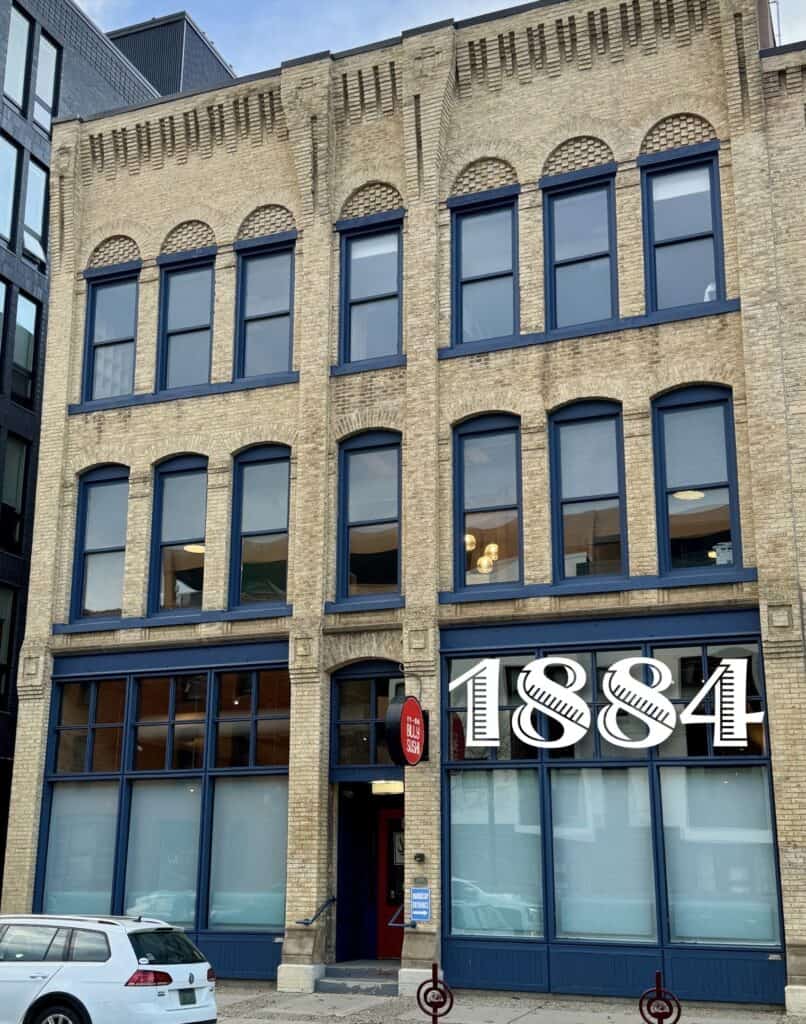
116 First Avenue North The building above was a large-scale laundry facility that drew crowds of curious onlookers because of its innovative techniques. Read more here.
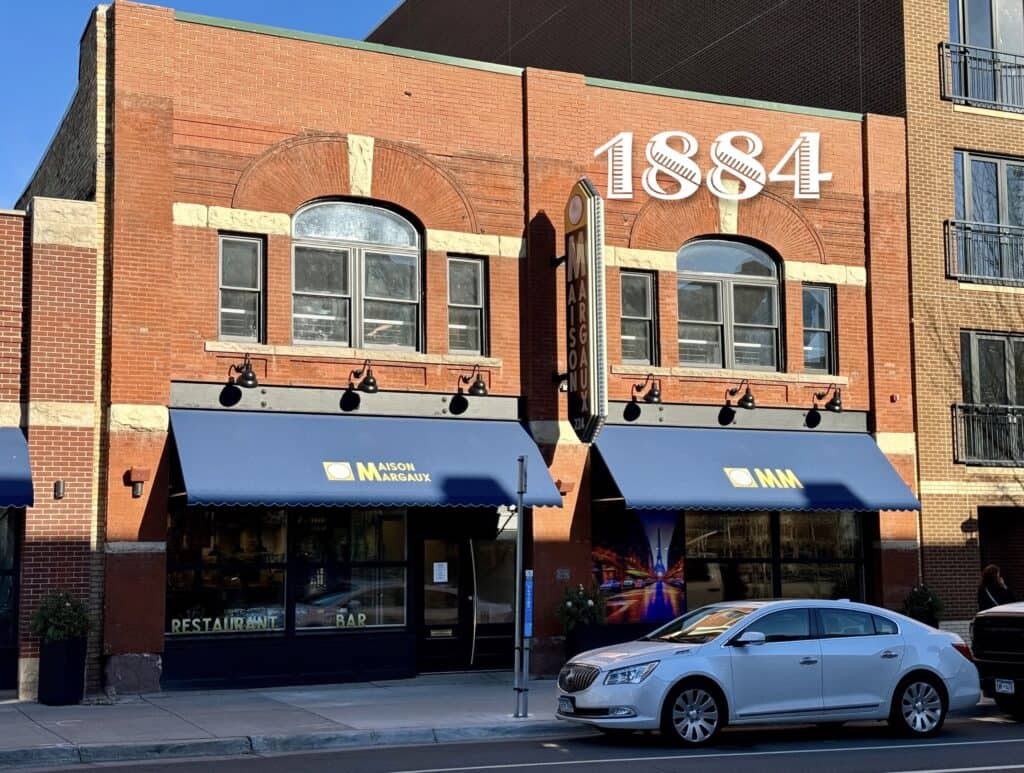
224 North 1st Street Before becoming a restaurant in 2023, the building above spent several decades as a fur trader and retailer. Read more here.
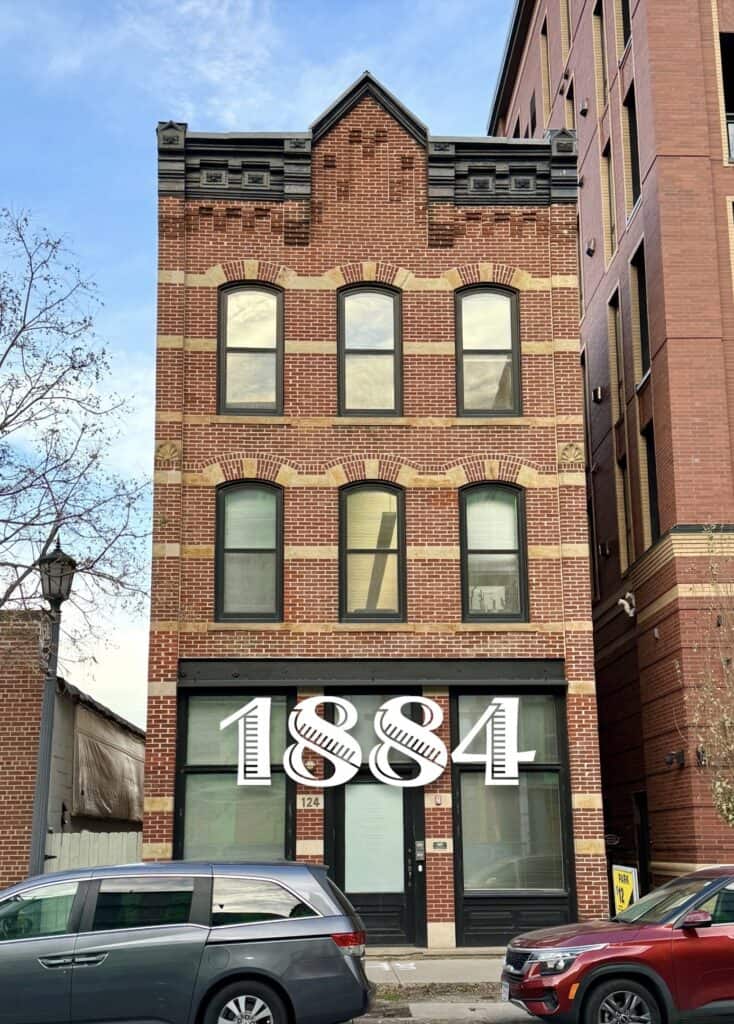
124 North 1st Street The building above was among several built as inexpensive hotels or boarding houses in the neighborhood. Read more here.
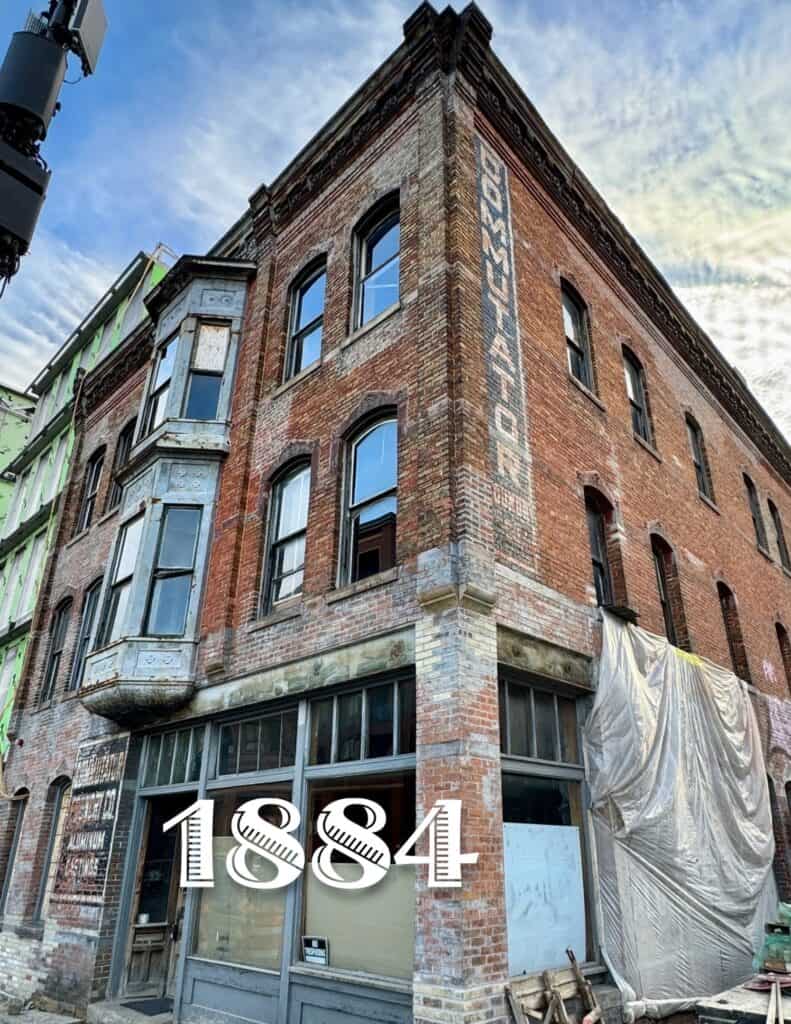
125 North 1st Street The building above started as a low-cost hotel but then spent several decades as a foundry. Read more here.
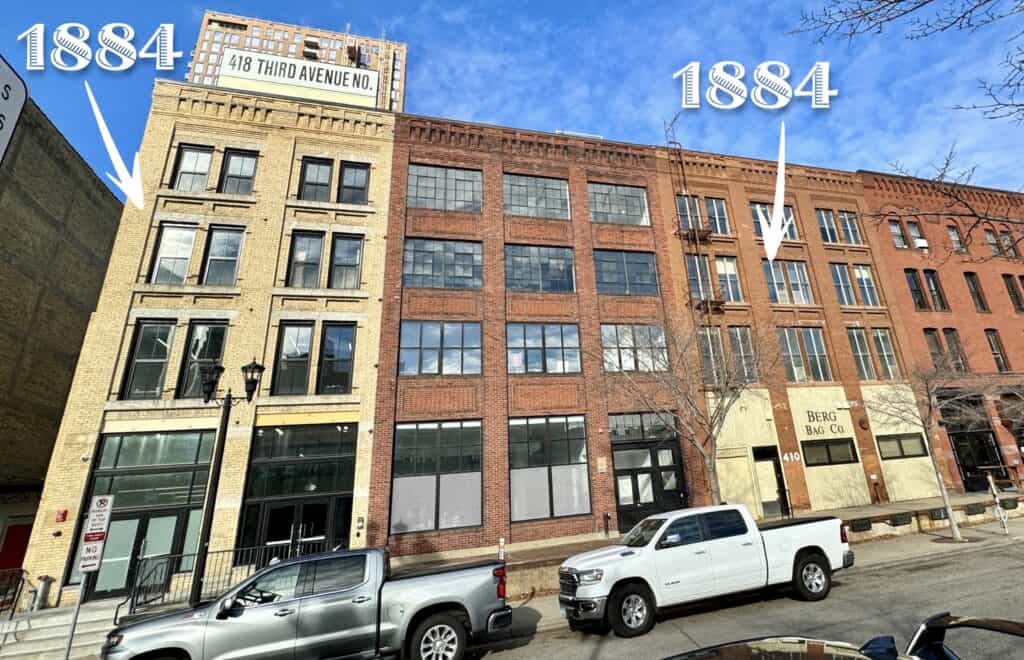
410 and 418 Third Avenue North (undetermined date for the building in between)
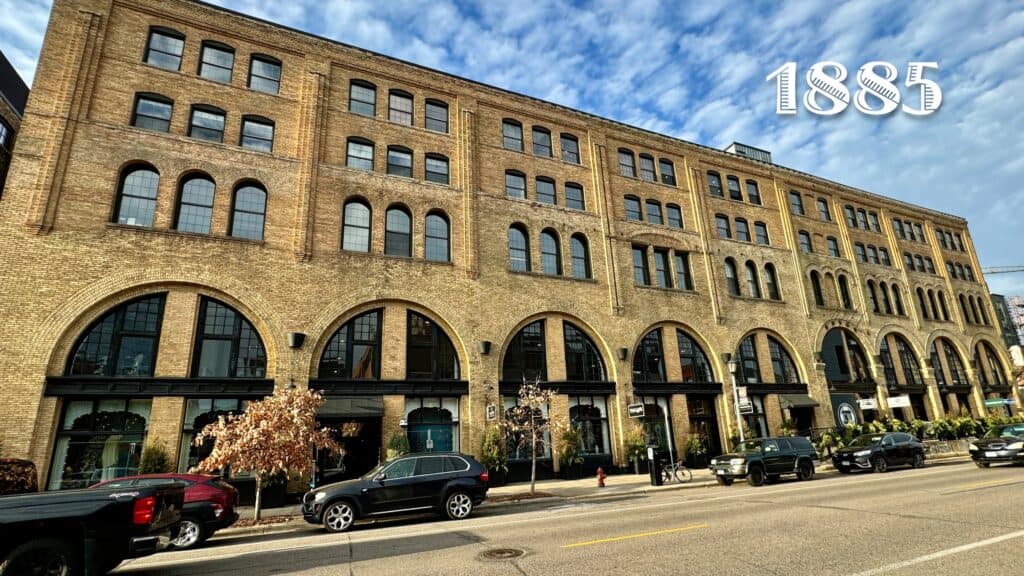
200 – 218 Third Avenue North The building above was originally the headquarters for Minneapolis streetcars, which at the time were pulled by horses. Read more here.
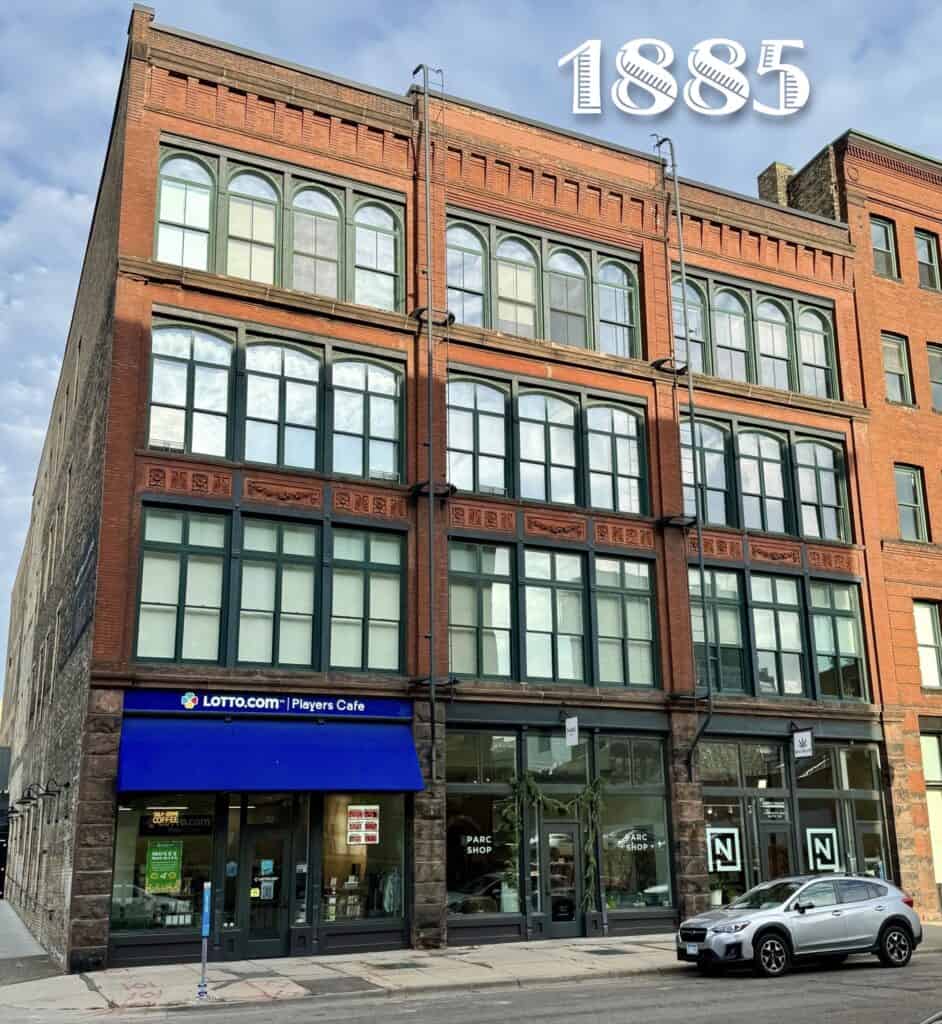
212 North 2nd Street The building above was a large-scale instant coffee-making facility that once billed itself as the “world’s largest.” Read more here.
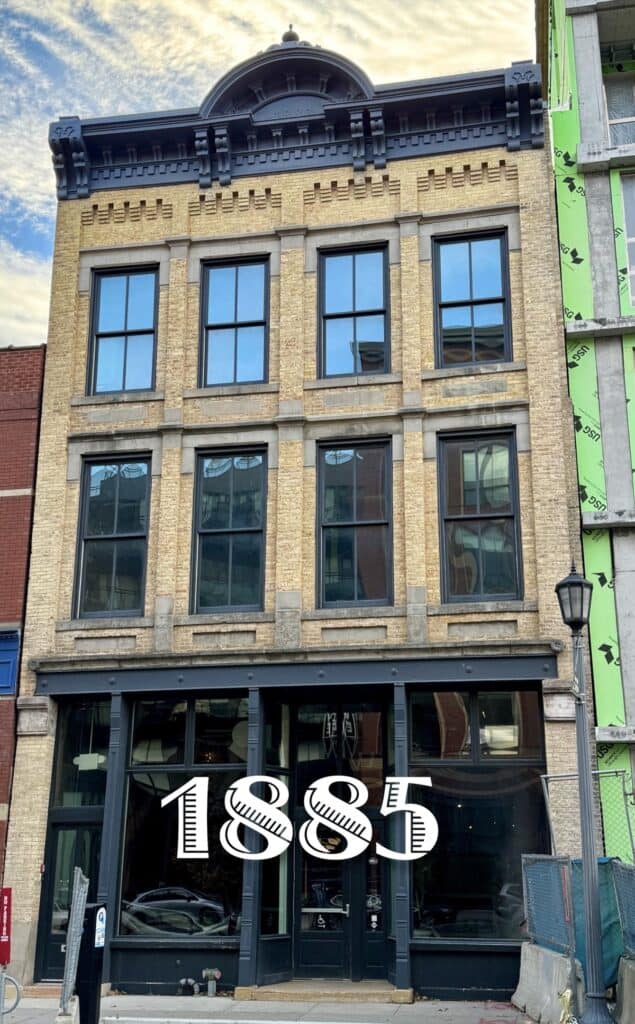
115 North 1st Street The building above was a combination mortuary and furniture showroom. Read more here.

113 North 1st Street
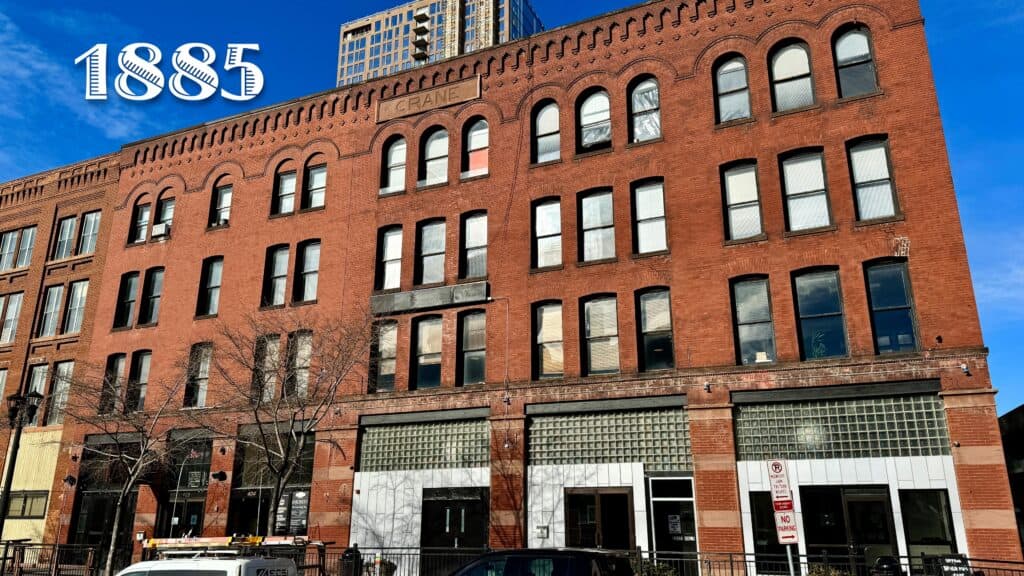
400 – 408 Third Avenue North The owner of the combined warehouses above, the Crane Company, dealt in plumbing and heating supplies.
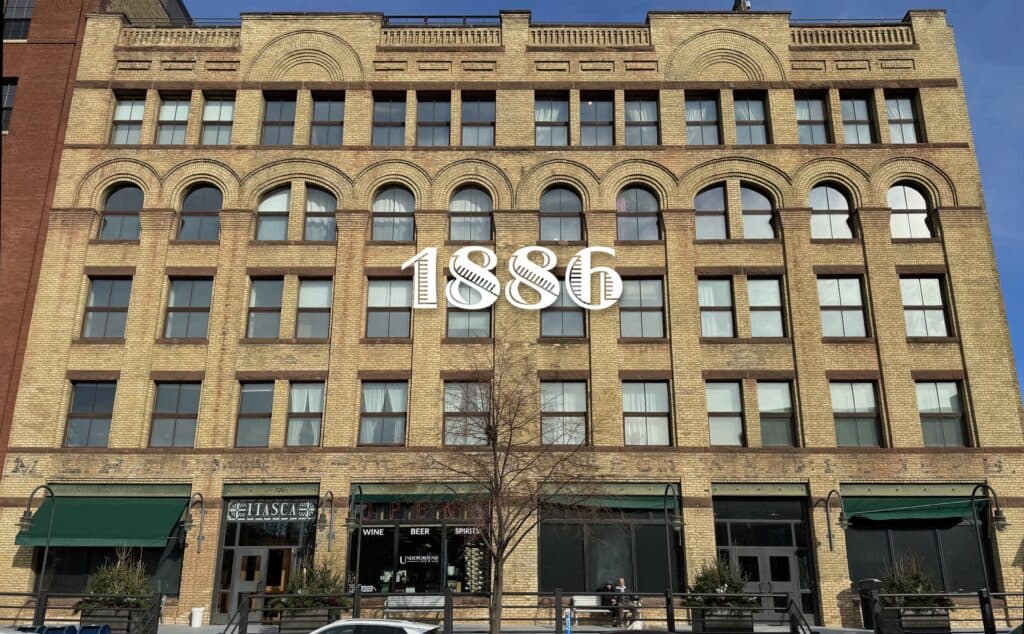
706 North 1st Street The Itasca warehouses were leased out by a wide variety of companies to store and ship their wares, using the extensive series of railroad tracks behind the buildings as well as across the street.
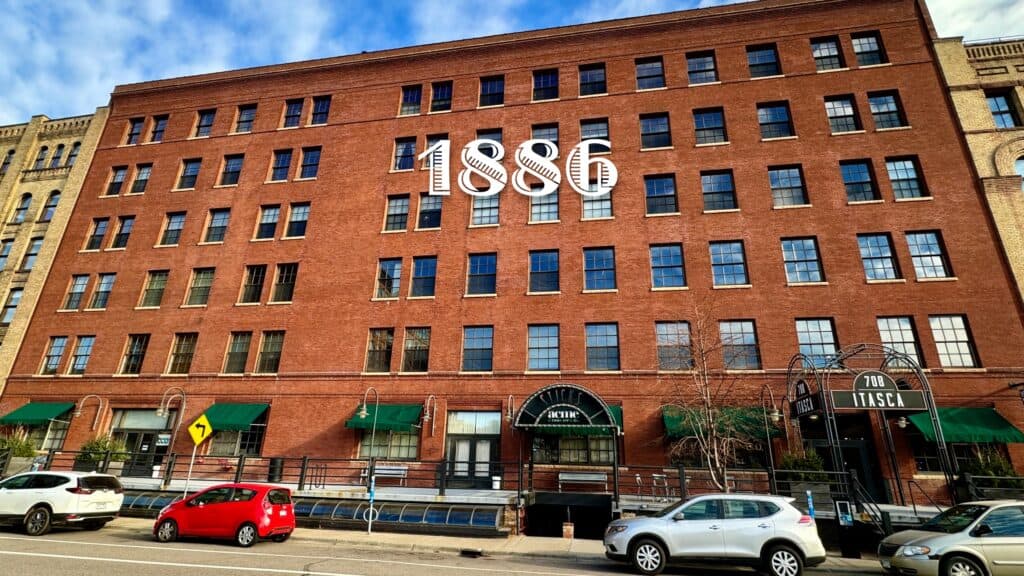
708 North 1st Street The Itasca warehouses were the first abandoned buildings to be renovated into residential units in the early 1980s. It helped spark a widespread revival of historic buildings in the neighborhood.
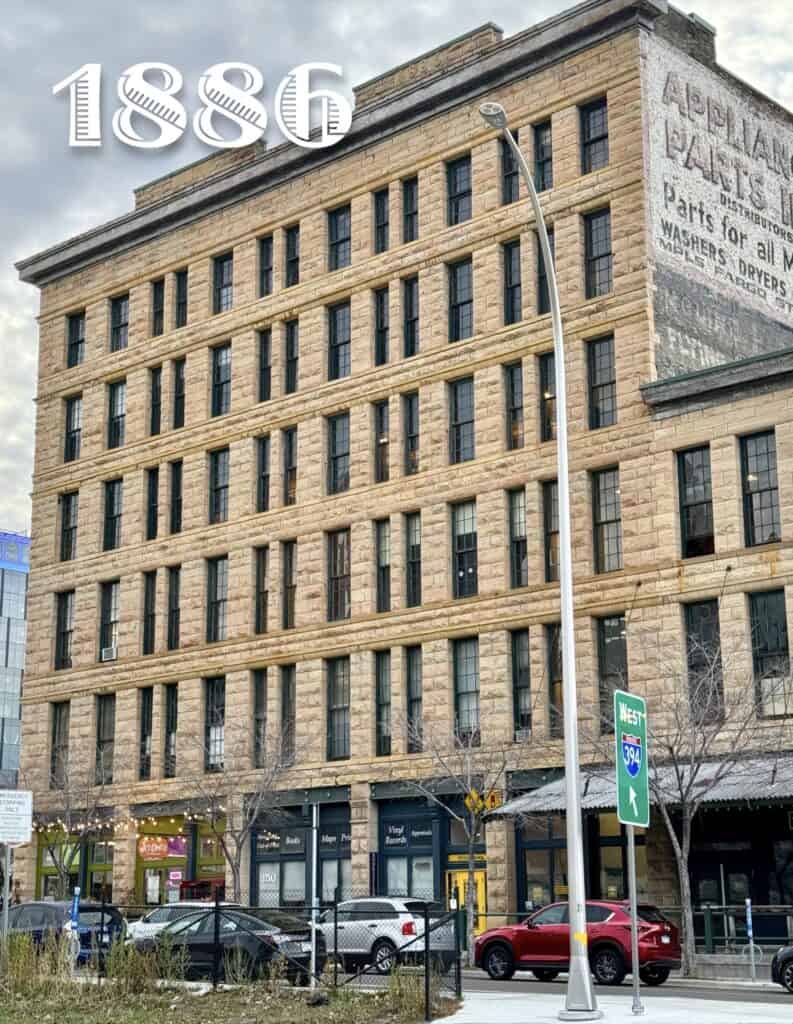
250 3rd Avenue North The building above spent several decades as a bakery producing saltine crackers for the National Biscuit Company which was later renamed Nabisco. Read more here.

121 – 123 Washington Avenue North
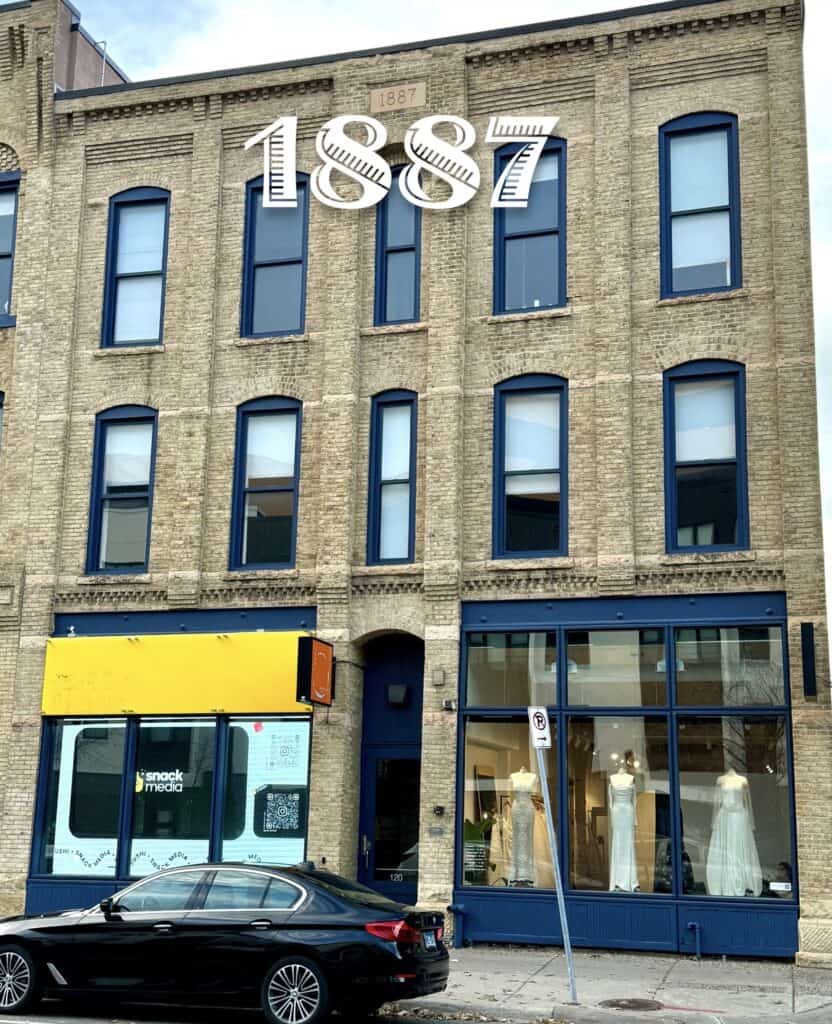
120 First Avenue North The building above was originally home to Therien Tool Works, which produced tools for stone workers and bricklayers.
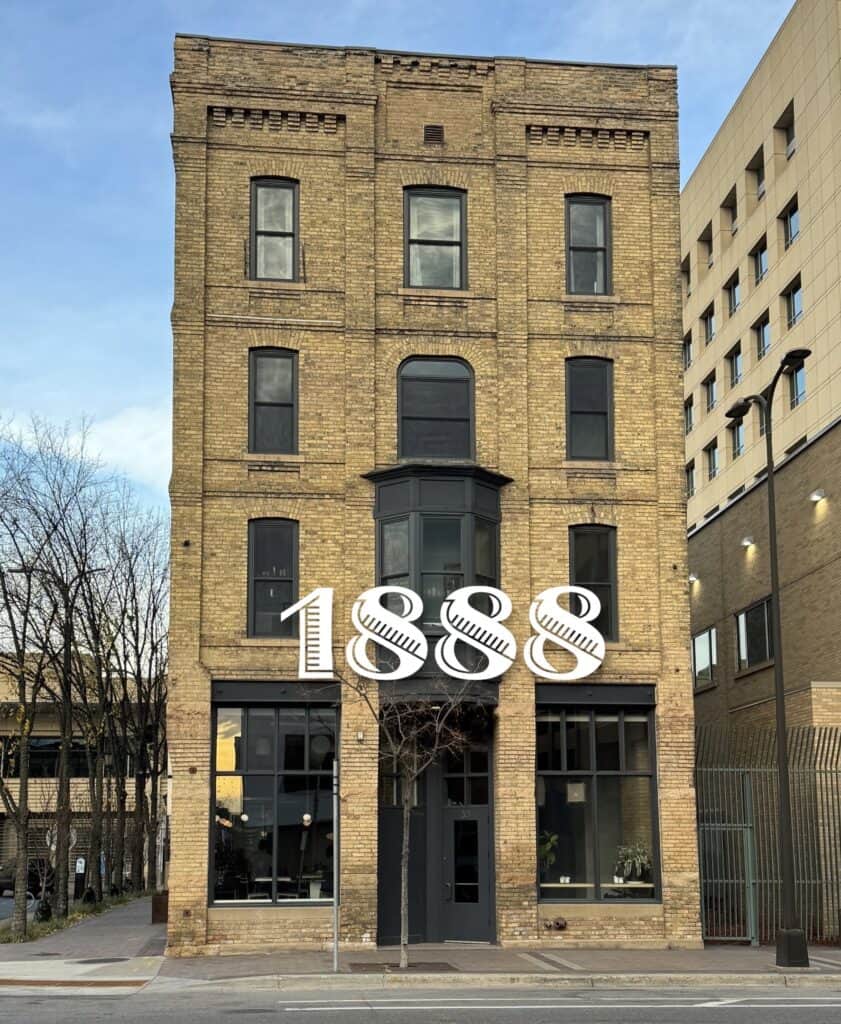
30 North 1st Street The building above was among several built as inexpensive hotels or boarding houses in the neighborhood. Read more here.
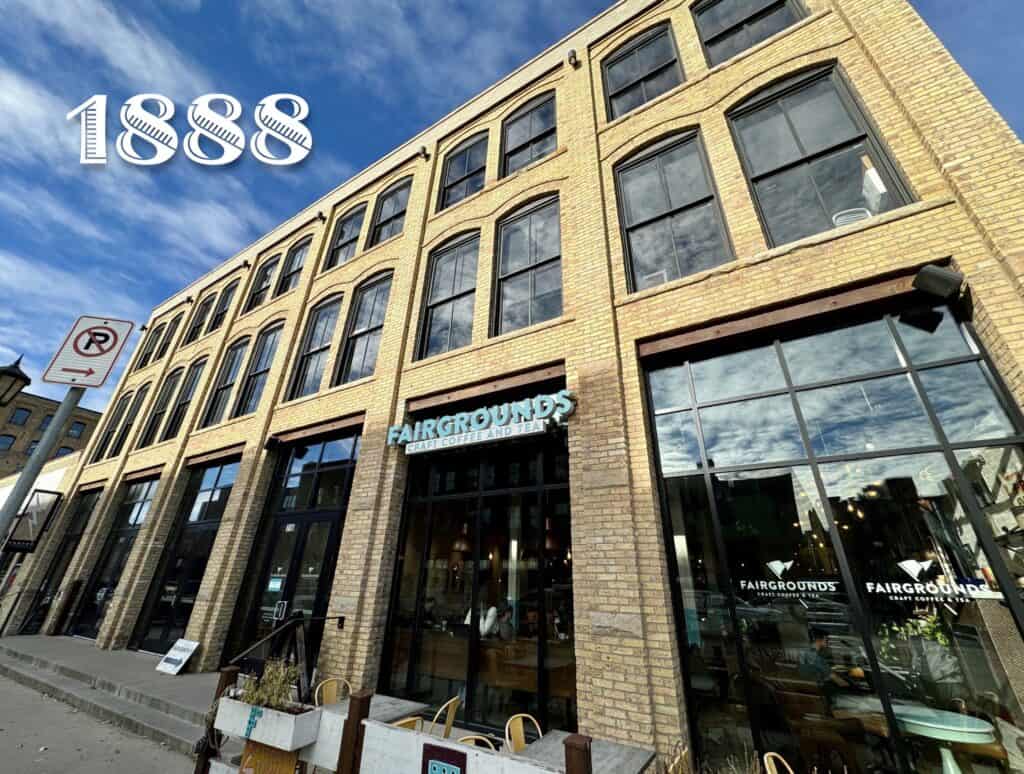
116 Third Avenue North (undetermined date for the building next door)
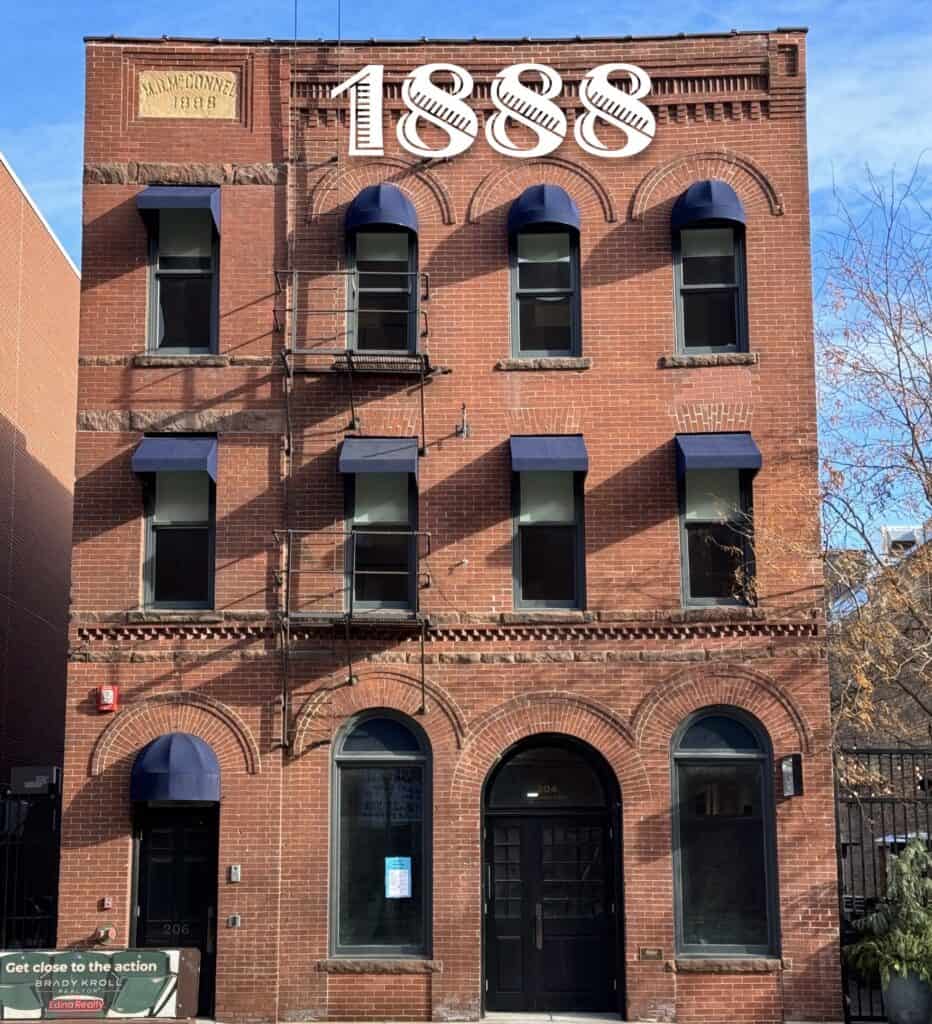
204 North 1st Street The building above was among several built as inexpensive hotels or boarding houses in the neighborhood. Read more here.
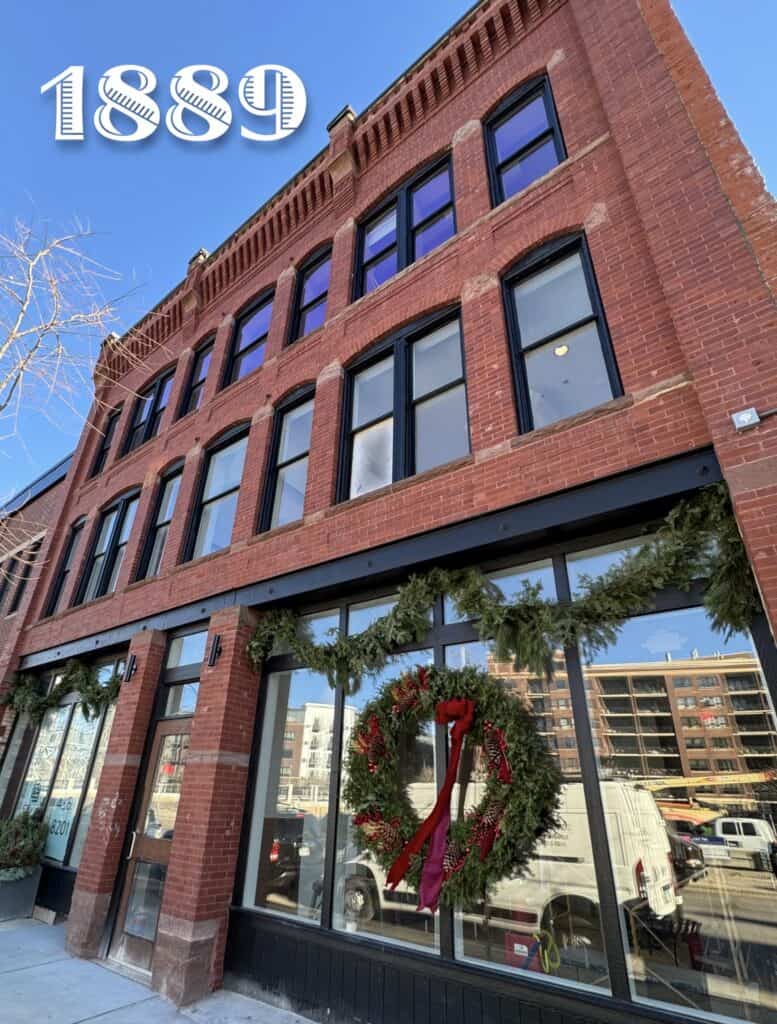
107 Third Avenue North The building above was home to Mother’s Macaroni, a company that was modestly successful until a North Loop grocer approached them with his new invention, which he called Creamettes. Sales soared, they renamed the company Creamette, and later moved to a different facility around the corner on North 1st Street. Read more here.
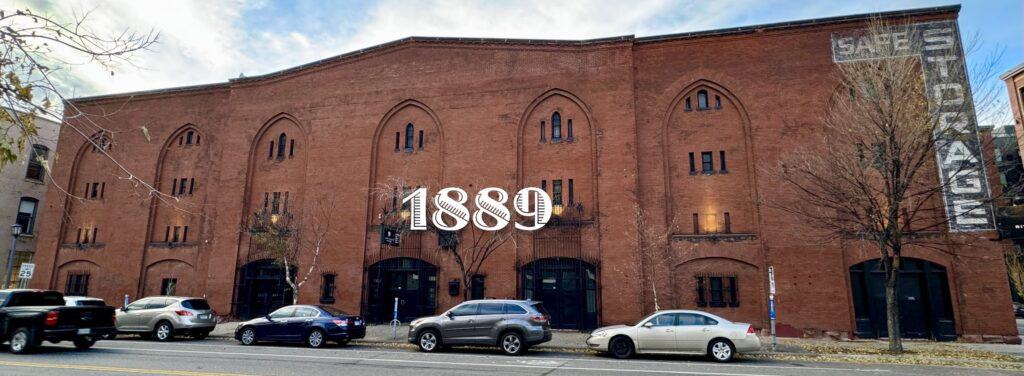
100 First Avenue North This corner was originally home to a number of fruit and vegetable warehouses, but after a large fire in 1899, renowned architect Cass Gilbert (who also designed the Minnesota State Capitol and the US Supreme Court building in Washington) was brought in to combine all the produce warehouses into one cohesive brick building. Read more here.
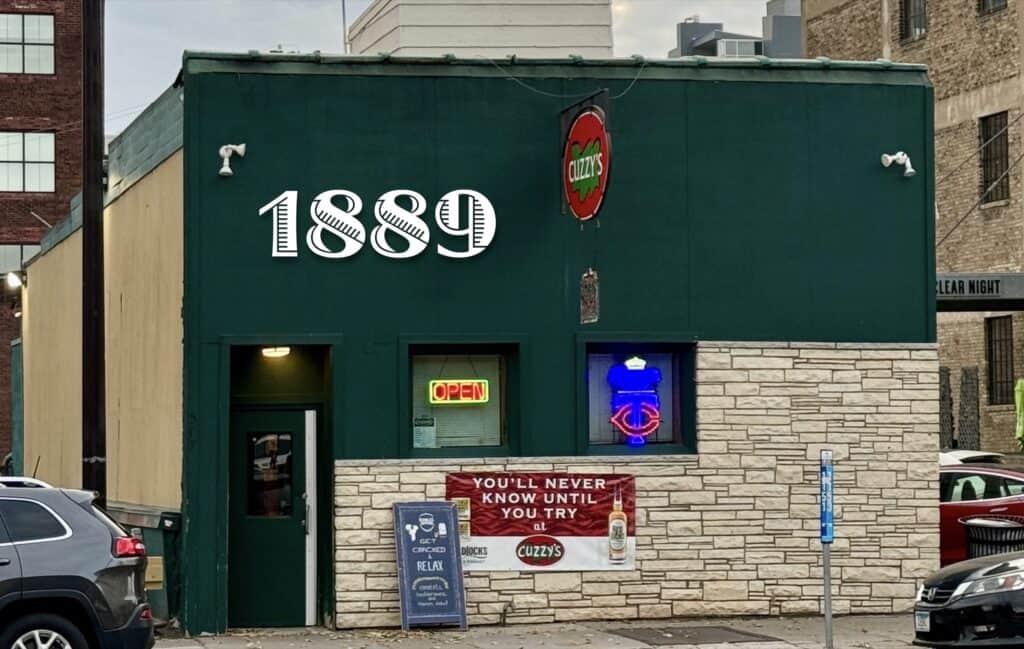
507 Washington Avenue North The building above is virtually unrecognizable from how it originally looked when it was part of a two-story duplex. Read more here.
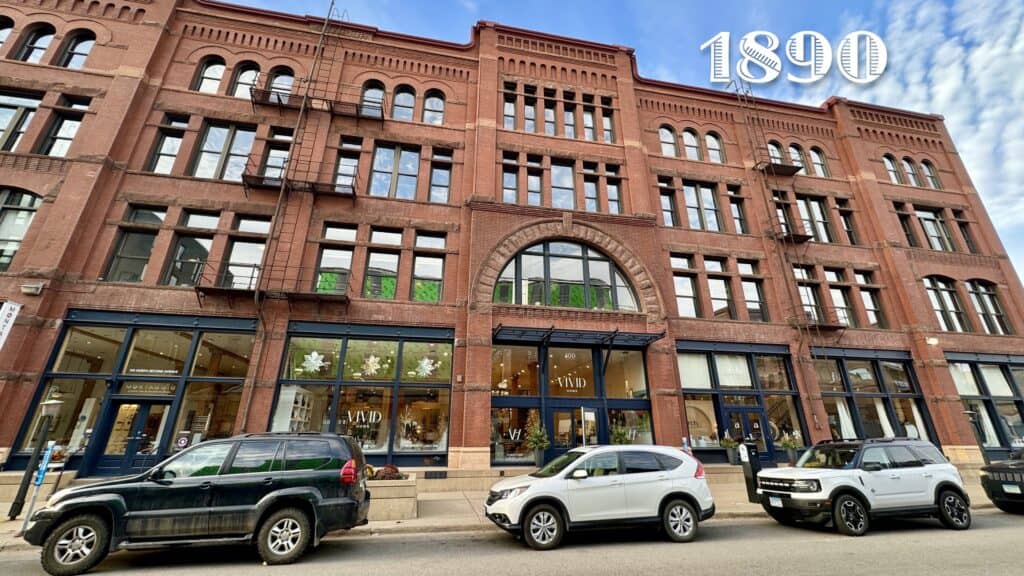
90 – 150 Second Avenue North The building above was a massive warehouse for the Williams Hardware Company which shipped out scores of blacksmith supplies, lumber, steel bars and tools needed for the carriages, wagons and new construction sites throughout the region. Read more here.
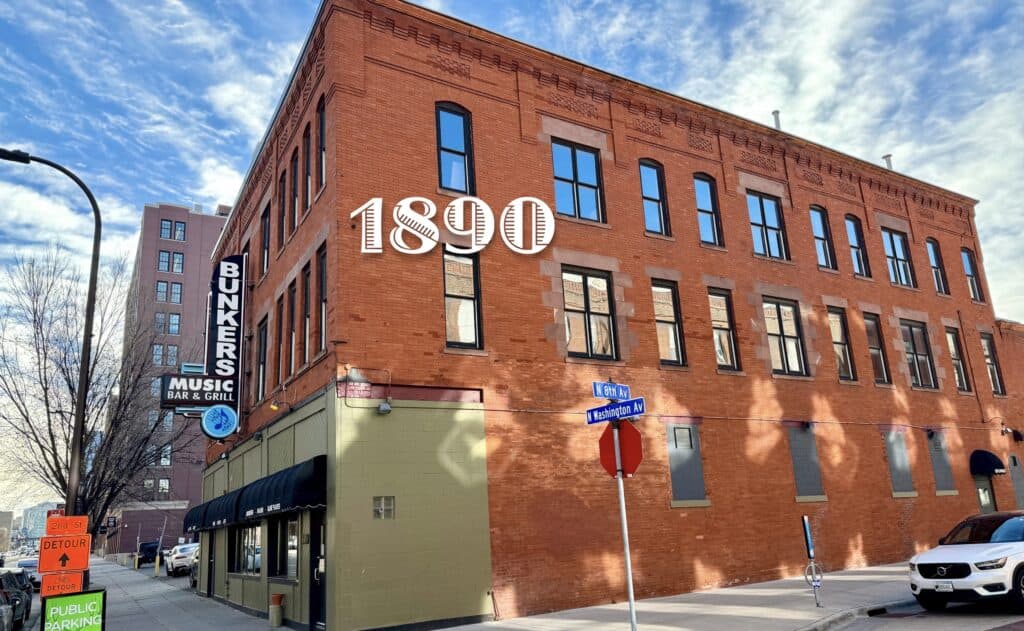
761 Washington Avenue North The building above began as a saloon with low-cost flats for rent upstairs. The original proprietor of the saloon, Christian Carstensen, was also one of the tenants.
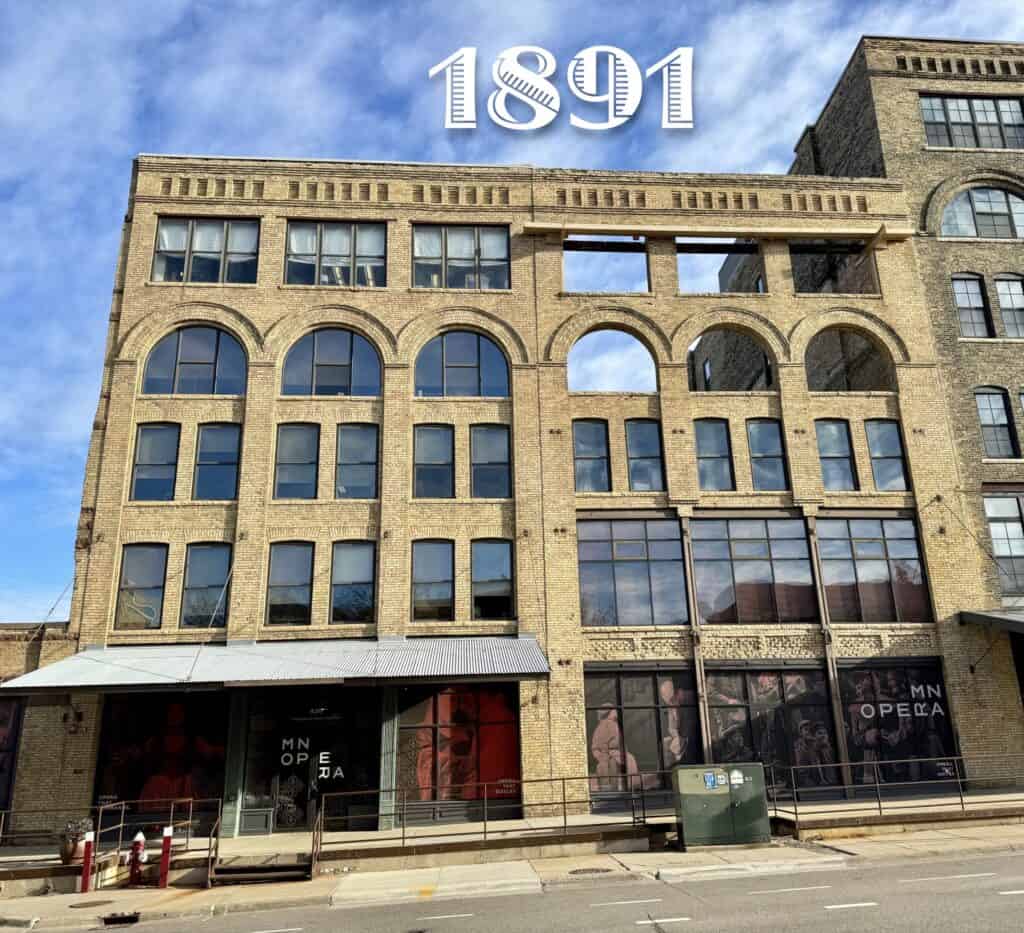
620 North First Street The building above spent several decades as a warehouse and showroom for one of the region’s largest furniture dealers, Boutells. A large fire in the 1980s gutted the building.
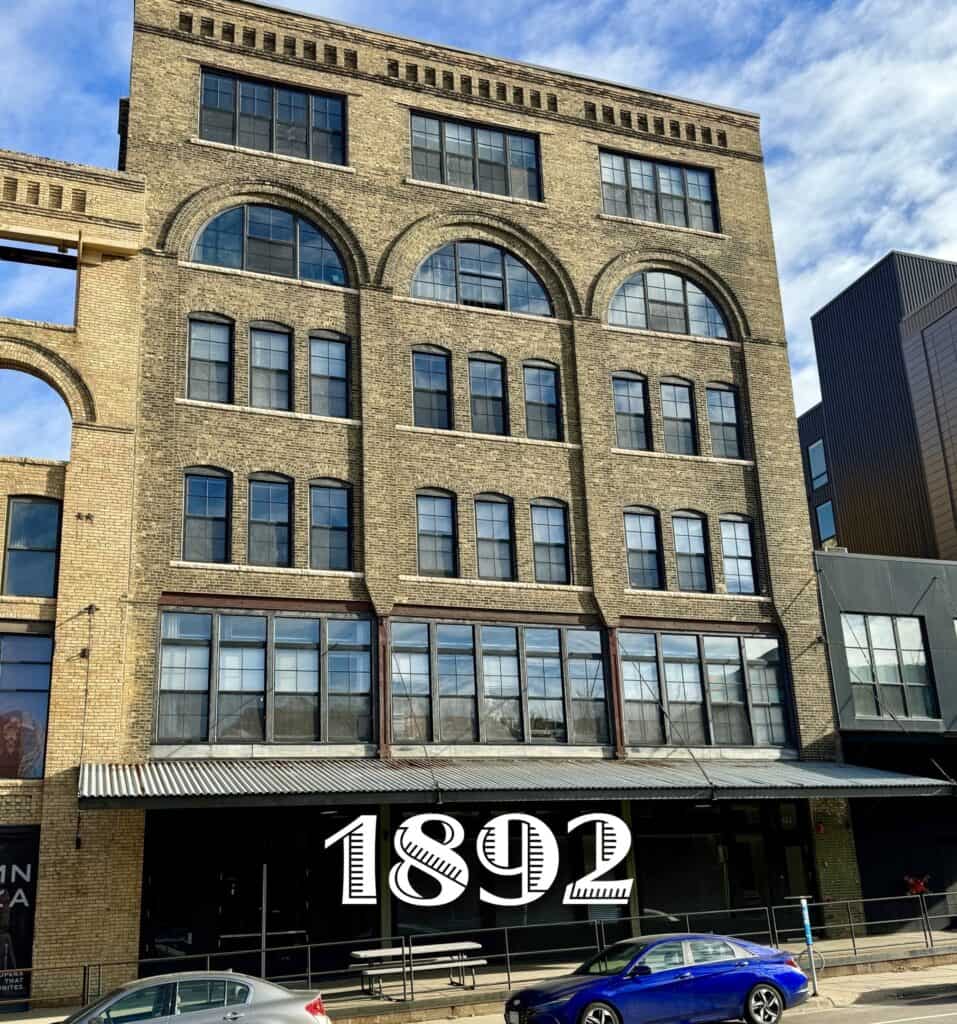
614 North First Street
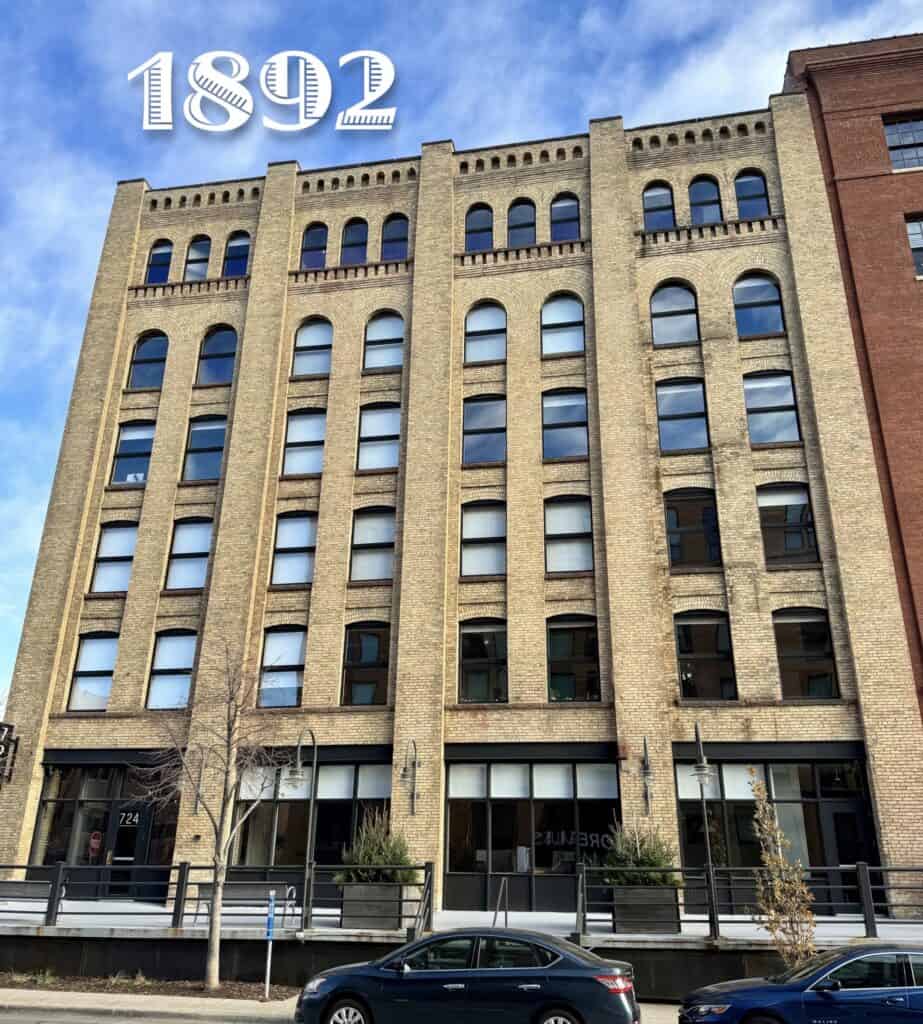
724 North First Street
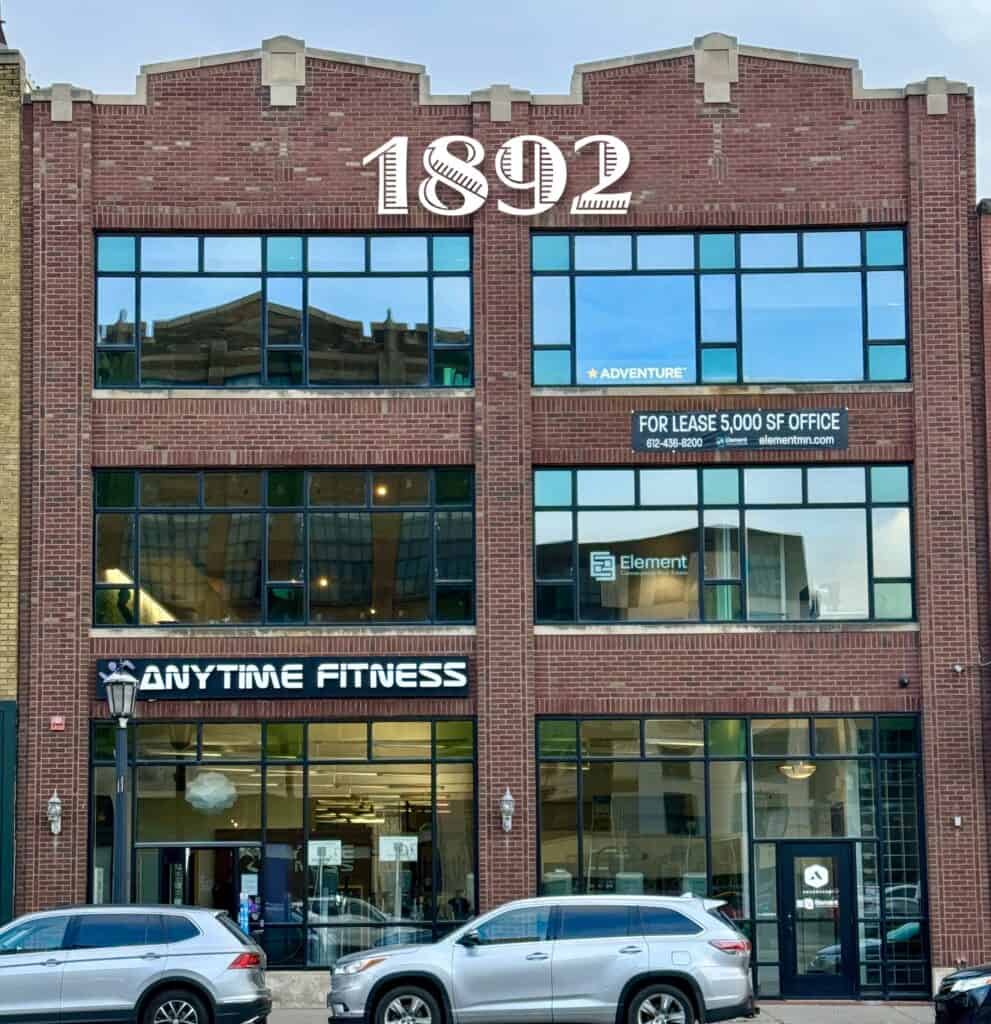
109 – 111 Washington Avenue North
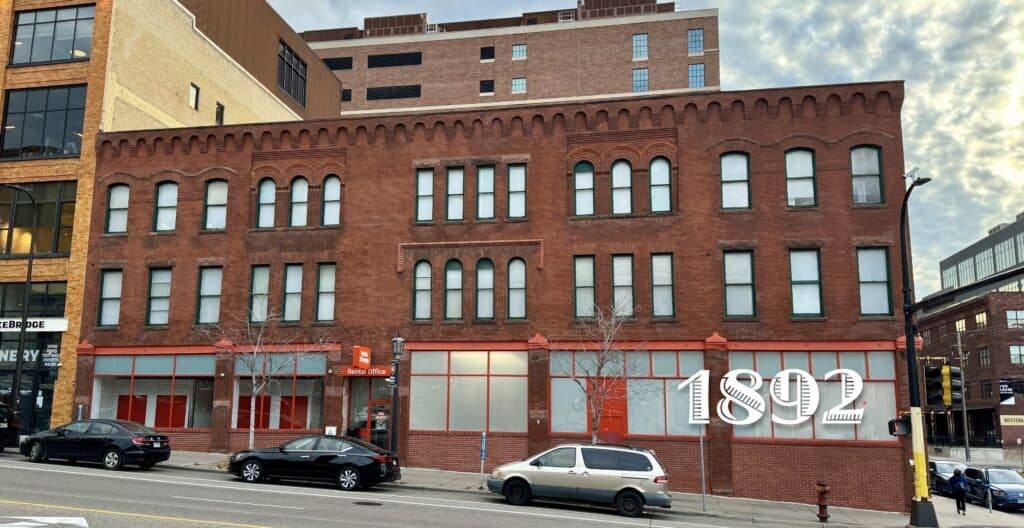
425 Washington Avenue North
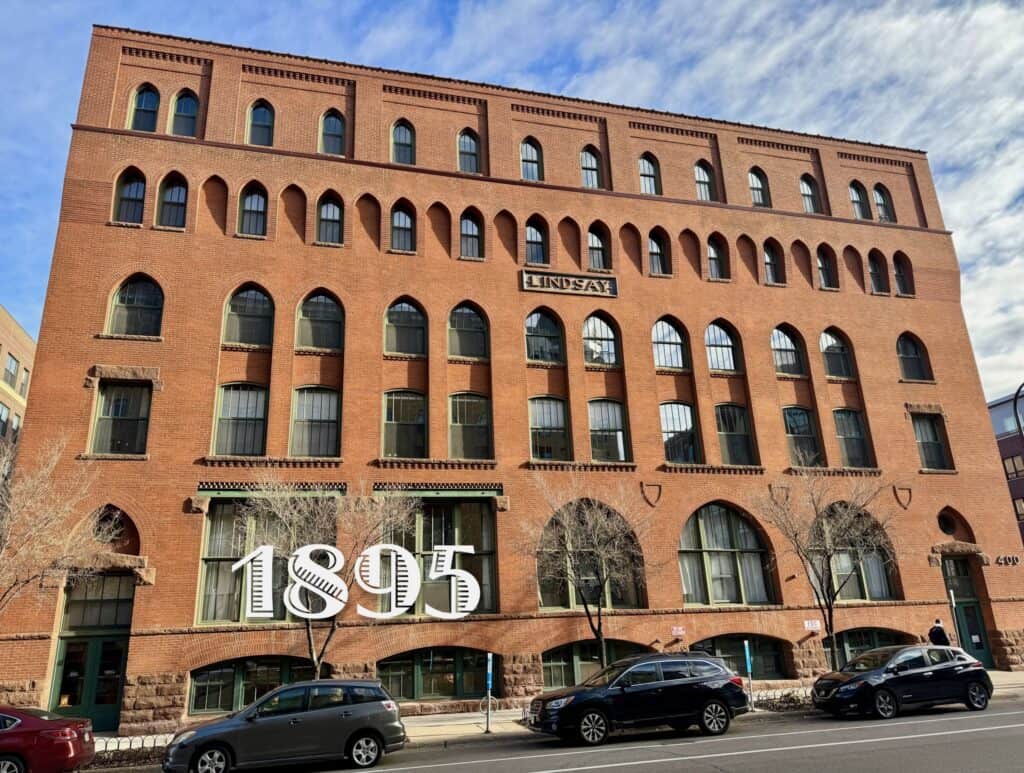
400 North First Street The building above was one of many warehouses built in this area to ship out buggies, wagons and farm machinery needed by settlers as they migrated west and north. Read more here.
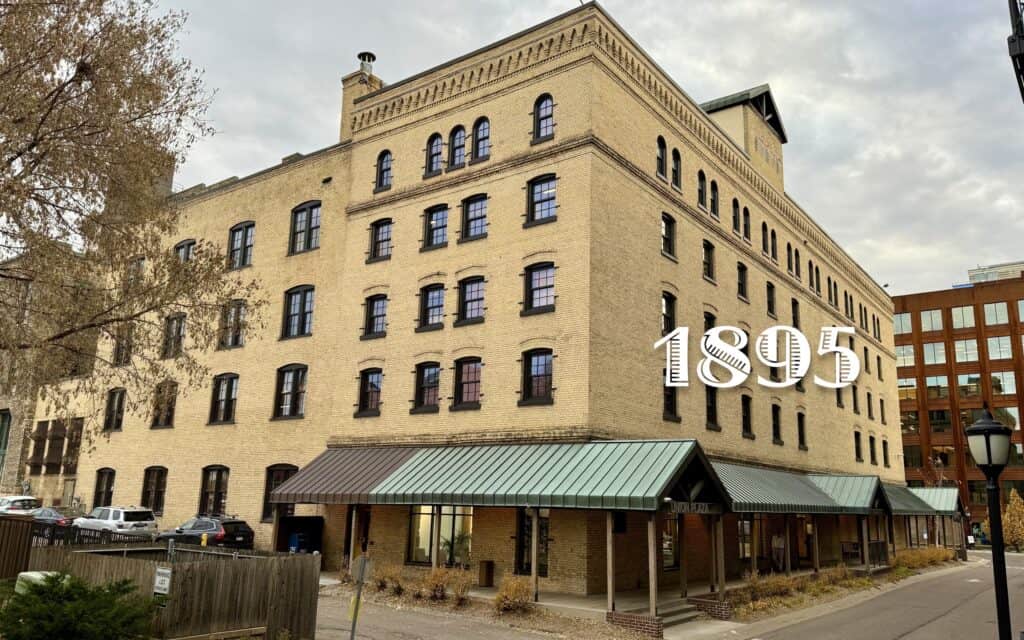
333 Washington Avenue North
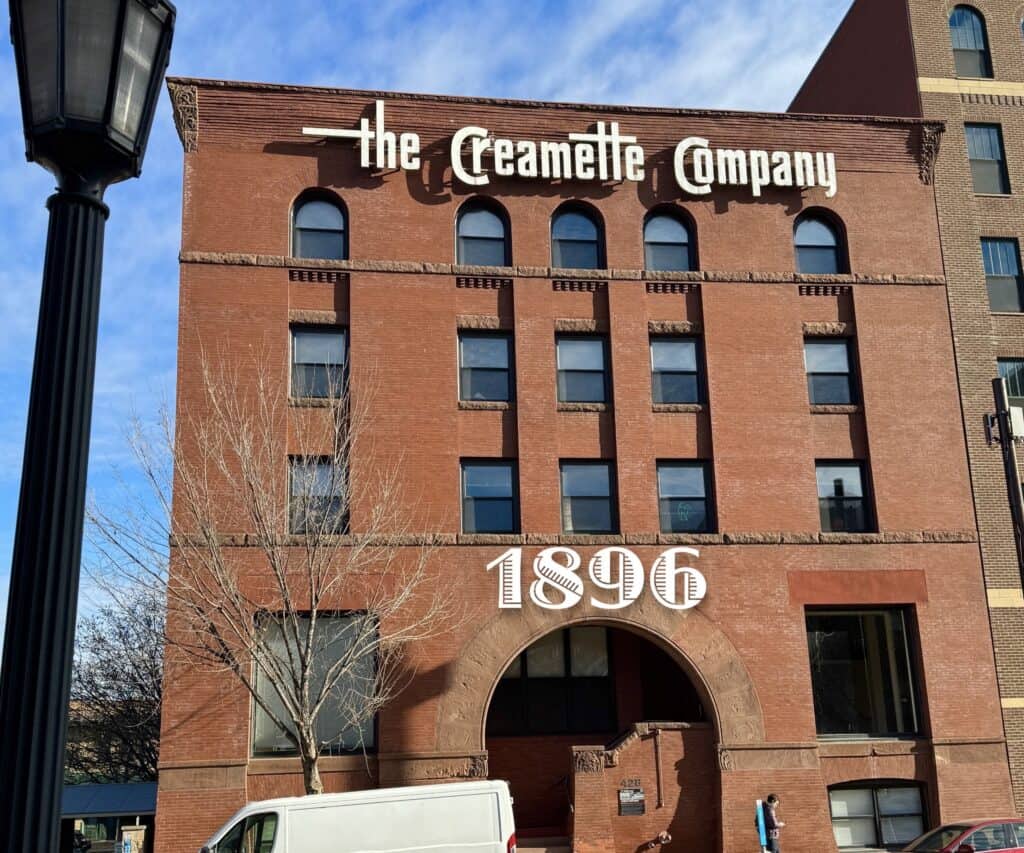
420 North First Street While the Creamette name remains from the decades of pasta production here, the building above was originally built as a farm implement warehouse. Read more here.
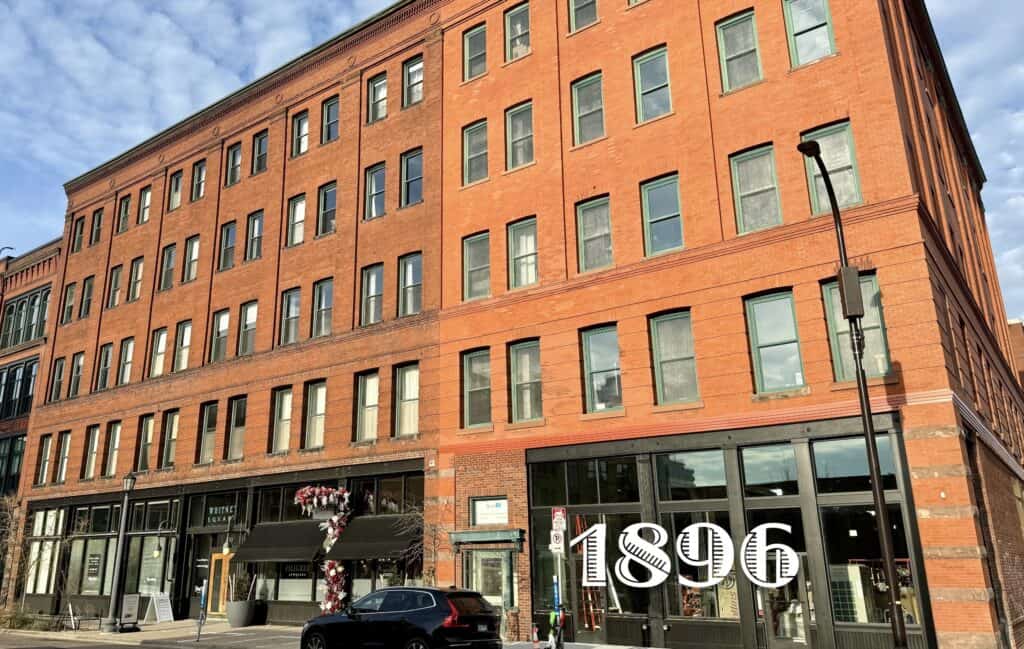
200 – 210 North First Street The building above was originally a warehouse for the Minneapolis Iron Store Company, which was one of the nation’s largest dealers in heavy hardware, wagon makers supplies, carriage and sleigh stocks, and lumberman’s needs.
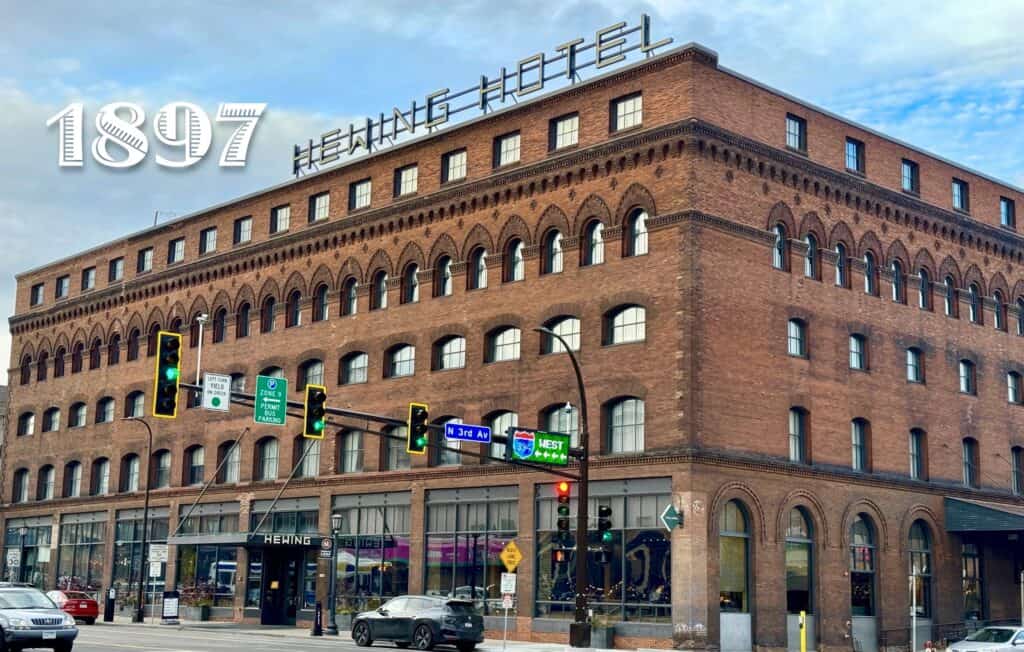
300 Washington Avenue North The building above was a farm implement warehouse and was one of the first in this area with tracks leading right into the basement level, for easier loading and unloading. Read more here.

